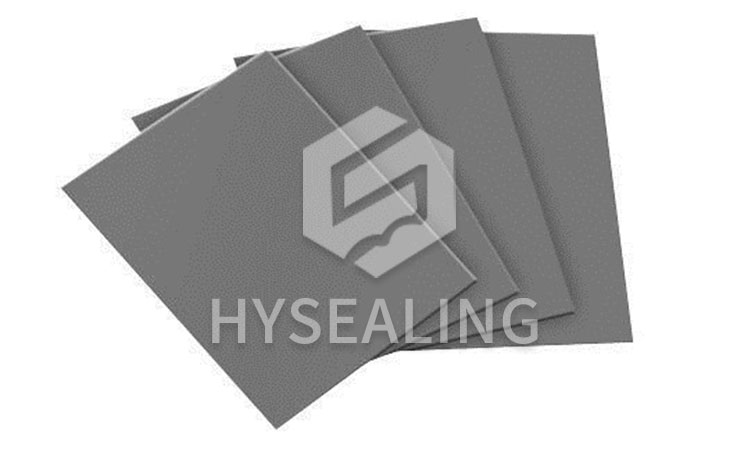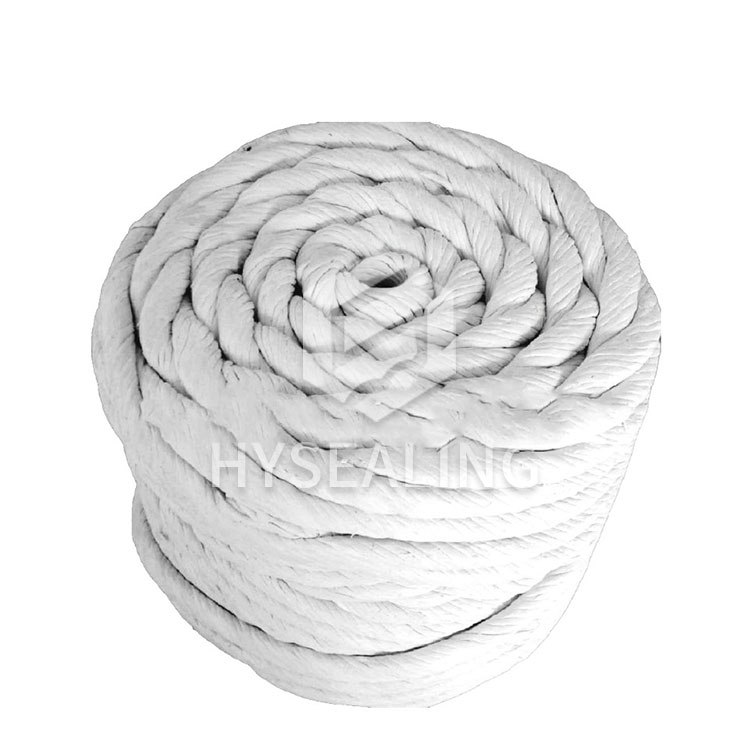Gaskets are used to prevent fluid or gas leaks by providing a barrier between two mating surfaces. The gasket must be able to maintain a seal under pressure and temperature changes. A number of different gaskets are available: pre-cut compression (flat or extruded style), formed-in-place, and cured-in-place. Some gaskets and gasketing can also be used to shield against electromagnetic and radio frequency interference (EMI/RFI).

Common types of gaskets and gasketing include sheet or die-cut, gasket strip, sanitary gasket, spiral wound, spring finger, tape, window gasket, cured-in-place (CIP), and formed-in-place (FIP). In a sheet or die cut gasket the gasket material is a flat sheet that can be cut prior to assembly or is already die-cut from flat gasket material. Gasket sheets are frequently rolled when purchase in long lengths. In a gasket strip the gasket material is in a strip configuration, such as weather-stripping material. Gasket strips are manufactured in many different cross sections. Some more common cross-sections are round (solid and hollow), square or rectangular, channel, C-fold, D-section, L-section, P-section, knife-edge, and wedge. Sanitary gaskets are used in processing pipeline systems for the food, dairy, beverage, pharmaceutical and biotech industries. Sanitary gaskets are available in many different configurations, such as clamp, bevel seat, flanged, PTFE envelope, schedule 5, proprietary sanitary fittings (Cherry-Burrell I and Q line, John Perry, etc.), and others. Spiral wound gaskets are constructed with alternating layers of a soft filler material and a formed metal wire. They may include a centering ring, an inner ring or both. The outer centering ring acts as a compression limiter and the inner ring adds radial strength. They are used for a variety of applications due to their resiliency and strength. Spring finger gaskets are usually made of beryllium copper or other EMI shielding material and are available in strips. They have spring finger wiping and low closure properties. Spring finger gaskets are available in a variety of cross sections. Tape gaskets are of flat or tape construction. Window gaskets are used to seal a glass or plastic window in a sheet metal opening. They are manufactured in a variety of shapes and styles, most having an "H" cross-section. Window gaskets may be have one or two-piece construction. Cured-in-Place (CIP) gaskets are applied in precision beads to one of the mating surfaces as a liquid. The liquid is then cured by ultraviolet (UV) light to form an elastomeric material that is adhered to the surface. Sealing occurs as the elastomer compresses during assembly of the mating parts. Formed-in-Place (FIP) gaskets are applied to one mating surface as a liquid sealant before assembly. After the mating parts are assembled, the gasket spreads and cures between the two surfaces, filling all gaps and surface irregularities.
Common materials of construction for gaskets and gasketing include beryllium copper, butyl, copper, cork, EDPM, fluoroelastomer (FKM-Viton), foam, graphite, neoprene, nitrile (NBR � Buna-N), non-asbestos, paper, PTFE, polyurethane or urethane, RTV silicone, silicone rubber, and steel. Important specifications to consider when searching for gaskets and gasketing include maximum operating pressure, operating temperature, and EMI or RFI shielding.






